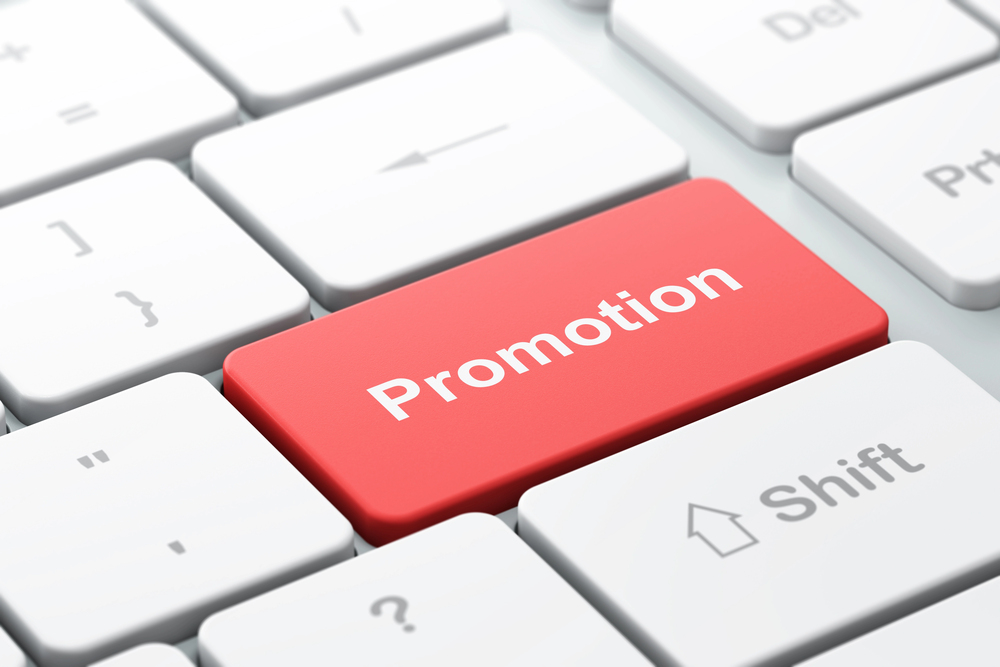
So, you want to take the next step and get your very own website designed? That’s great! Afterall, having a website will work hand in hand towards your business success. There are, however, things your designer will need from you to make the design process flow.
It is important to understand that the process of design is all about communication. Your ability to communicate with your designer or client will be the line between whether the process will be successful or not. This is because the design process of a website is collaborative, not singular. Both client and designer will be working together throughout to understand each other’s preferences and specialities, and apply these understandings and skills to the website.
To help you with the flow of website design, we have compiled a list of the 5 things a designer will need from you before designing your website.
What is the main message you want people to take from your website?
Something your designer might ask you is what is the main message of your website? This is important because it will help your designer understand what you want your customers to take away from your website. Depending on the message, this could be the deciding factor between whether your website design appears corporate or educational. One thing to consider in this situation is your brand. Your brand will work hand in hand in how customers perceive your business, do they identify with your brand?
One study found that ‘A core brand message communicates the values and key differentiators that define the brand. And above all else, it makes people in a firm’s target audience sit up and… care.’ Being able to tell your designer the main message you want people to take from your site will help them in designing a site that communicates your values to your customers. It won’t only push your target audience to ‘sit up and care’ but also your designer.
Your designer may also ask for your unique selling points (USP), this will help them to cater your site even more effectively towards your target audience. Knowing what makes your business unique will help them to plan the design in a way that is specific to you and your audience.
Ultimately, knowing the main message of your website will guide you in writing your website content, and guide your designer in how to apply it.
What is the scale of the website?
One of the biggest factors in design is knowing how big you want your website to be. This will affect the timescale of your website design, the budget, and the sitemap.
By knowing how big your website will be, your designer will already have an idea of how long it will take, and be able to pass this knowledge on to you. The time it takes to design the site will likely impact the budget, either increasing or decreasing the amount you might spend.
Ultimately, when it comes to the website size, one of the biggest reasons a designer will need to know is so they can take it to the next step of planning the structure. This is where they will begin to design your sitemap. A site map is how you determine all of the pages and subpages in a website. Where will they all need to go? What is the relevance? This will include your contact pages, about pages, blogs and more.
Once you know this information, writing the website content will become a lot easier.
Your website content
The purpose of content is too ‘entertain, inspire, educate and convince.’ With this in mind, consider whether your content will serve any of these purposes. One of the most important parts to designing a website is the content. Without it, the design becomes loose and unstructured. This is why your designer will ask you to send them content.
Now you know the main message and your unique selling points of your business, writing the content should be a little easier.
So why is content so important?
Quite simply, the content is the staple of the design. Without content, simpler parts of design such as your website structure becomes difficult. Your content will work as its very own structure in itself. Knowing where to put titles, CTA’s (Call to actions) and imagery will all come down to your written content.
Think of it as trying to cook, but you’re missing half of what you need – trying to cook pasta without a saucepan…
This is why your website content plays such a significant role in the flow of designing your website. To ensure this doesn’t happen, consider how many pages your website will have. What will these pages be and what purpose will they serve? For example, you might have an about page, so naturally the content will be all about your business. For a services page, you would write all about your services with the purpose to educate and convince potential customers. How this information is applied and displayed is then a job for your designer, but because they have this content, a once near impossible task is now looking a lot more productive.
For tips on how to write compelling content, click here.
What makes you different from your competition?
One of the biggest things a designer will need to know is who your competitors are. In business, looking into your competitors is always a benefit, studies have found that it will help you gain a competitive edge, help you find a gap in your market, and It will help you recognise how you can enhance your own business strategy. Just as there are benefits to knowing competition for business, there are also a range of benefits in design.
It will give a deeper understanding
Being able to look at your competitors enables your designer to learn things about your area of work they may not have known before. There may be things your competitors are doing wrong in terms of their design, which already gives you more of an edge than you had before taking a deeper look.
Open up opportunities
One reason why your designer will want to know your competition is because it will open up opportunities. Just knowing your competition will help you to create marketing strategies and more, similarly, if your designer knows your competitors they will be able to implement their own design strategies. For example, it is likely your designer will find areas within your competitors’ designs that need improvement, or be able to seek out areas that might have been missed.
When it comes to design, planning is essential, this is why understanding your competitors is so important. So, a designer should have the opportunity to look at your competitors prior to starting any work on your website. Knowing their strengths and weaknesses will help them to shape the design to give you that edge.
Budget
It’s likely that this one will come as no surprise. It is crucial to the project that your designer knows your budget. If there is no understanding of budget between you and your designer there are many problems that could occur.
The reason the budget is so significant is because it enables your designer to guide you towards design solutions that are within your budget, rather than offering different design solutions that aren’t realistic or within reach.
Additionally, knowing your budget will save a lot of time. For example, if your designer started creating your site only to find out it is outside of your budget, this would bring the project to a halt, and create stress for both parties involved.
The Main Takeaway
Preparation is key. Before your website design begins it is important you are aware of this information, and are able to supply it to your chosen designer.
As was mentioned previously, a website project is a joint effort and without communication between both parties the process will prove difficult. However, once your designer knows this information they will be able to begin the design process and create the perfect website for you.




